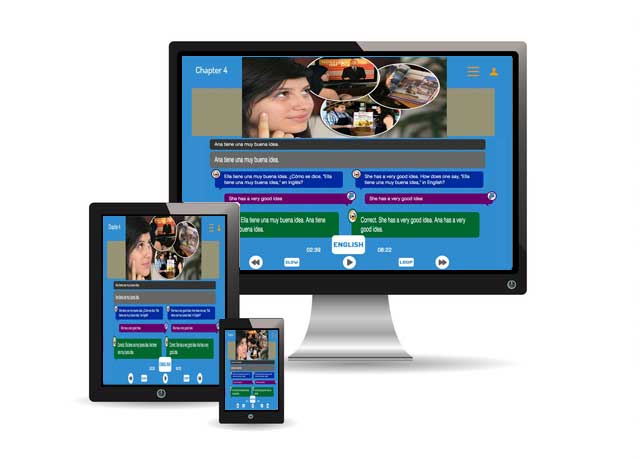Base Knowledge: Language Learning Essentials
Foreign Language at a glance: Just start speaking or study first?
I just read a blog about a course designed for the”shy/introvert” personality and how that relates and helps to approaching using a new language (if that’s your personality type).
Obviously, there is a spectrum between introvert and extrovert. That said, the most important starting point is defining where you are both in terms of personality and language knowledge base.
Where you are is perfect.
 It’s the starting point and its always good to know where you stand.
It’s the starting point and its always good to know where you stand.
Trying to be something you are not will not help in the long run anyway, as it will soon become apparent that you are fooling yourself and if you use a method that is designed for someone else (personality type, level, learning style, etc.), you won’t maximize the success with that approach like you would with one that fits your needs.
However, there is one more thing to take into consideration. Should you get a refresher course or just start speaking the target language with native speakers and go for broke?
Since there are no absolutes, I cannot say that just a “going for broke” method will not work.
What I can say is that if you want to verbally engage native speakers in the target language, having some base knowledge will most always help.
Its sort of like trying to find an object in a dark room. Unless you have night vision googles, its most likely going to take longer to achieve the goal. Therefor, the more light the better.
That’s base knowledge. You do not have to be perfect and/or attain complete native like fluency before you start to speak. However, if you want to both make gains and not bore the person you have chosen to speak with to death as well as become frustrated yourself, base knowledge is the way to start.
So, it begs the question. What is the goal?
If you want to speak the target language (and we are assuming that you do) brushing up on the basics is good general practice.
If you want to read a book, stay at your desk and have at it.
Again, if you desire to converse in the target language with another person who also speaks that language, start with something that will effectively make that a possibility.
By this I mean, review some vocabulary if that’s your thing. Nothing wrong with that.
However, to make the most of your future conversational attempts, find material that simulates real conversation.
Words and phrases are fine and necessary but putting them together into comprehension and speech is what is going to be required if you intend to have a meaningful conversation.
So, I suggest that you find some audio material that is at your current level and make sure that it is comprehensible. If you don’t understand what you are hearing then you will not be able to make sense of it and it will have little to no value.
The concept of comprehensible input is the first key that you want to consider immediately after you decide what your goal is.
If you are not familiar with Comprehensible Input, it is nothing more than understanding and being able to make sense of what you hear.
For example, 10 hours listening to the radio in a target language or watching the news for that matter will have little effect on learning unless you understand what you hear.
Listening to information that you do understand and then being asked questions about that understood information will confirm that you are engaged correctly in the exchange of information.
Its hard to overstate this point. You will gain so much more from understanding what you hear than just listening to the target language that you don’t.
It is best to pick a few common words (high frequency nouns, verbs, etc.) and become proficient with them. In most cases 100 of the high frequency words account for 80% of the spoken language so start there.
If they are used in multiple contexts with a bunch of repetitions, you’ll have the base knowledge to venture into a conversation and have a good shot of being an active participant in the conversation.
If you have ever not prepared before trying to converse with a native speaker in the target language, you’ll know what I mean. You will still experience moments when you “get lost”, but if you have the right base knowledge the rewards will be far more rewarding.
So solidify your base and speak your truth, even if your voice trembles.

 A2B2
A2B2 The problem is that, we didn’t always accomplish what we started out to accomplish before we moved on to the next “thing”.
The problem is that, we didn’t always accomplish what we started out to accomplish before we moved on to the next “thing”.


 However, if you cannot depend on your foreign language ability to confidently communicate your message, you might want to hone your skills a bit first and then take it from there.
However, if you cannot depend on your foreign language ability to confidently communicate your message, you might want to hone your skills a bit first and then take it from there.  A2B2
A2B2 Nov. 9, 2016, the results are in and new policy is about to be set in motion.
Nov. 9, 2016, the results are in and new policy is about to be set in motion. Hola,
Hola,